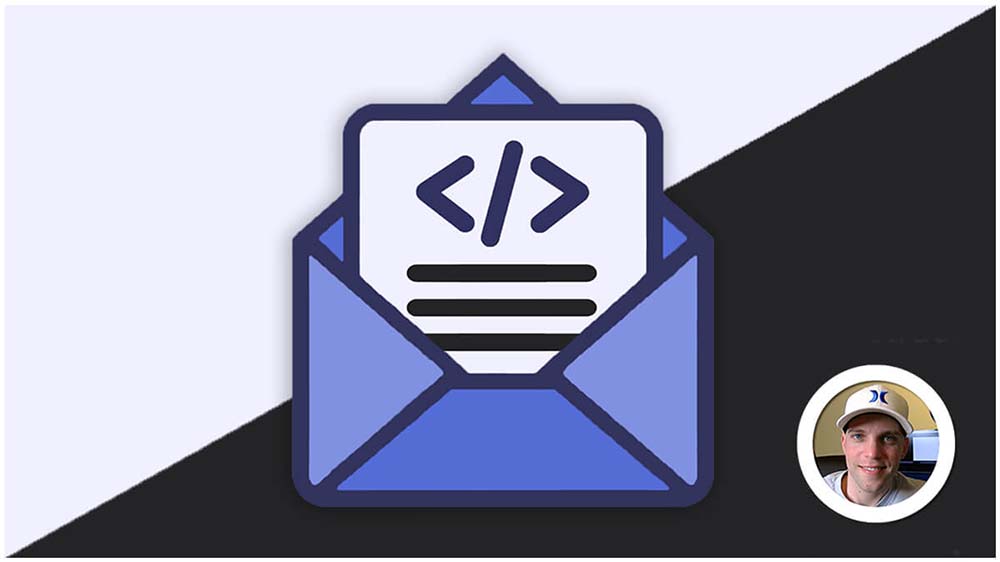HTML IDs
HTML IDs (identifiers) are attributes used to uniquely identify specific elements within an HTML document and are only used once in a web page per element. They act like unique names or labels for individual elements, enabling precise targeting for styling, scripting, and linking.
Key characteristics of HTML IDs:
- Uniqueness: Each ID must be unique within a single HTML document. No two elements can have the same ID.
- Assignment: IDs are assigned using the
idattribute within an element’s opening tag. - Targeting: They are targeted using the hash symbol (#) followed by the ID name in CSS and JavaScript.
- Specificity: IDs have the highest specificity in CSS, meaning styles applied to an ID will override any other styles targeting the same element.
HTML ID’s Example:
HTML:
<h2 id="main-heading">This is the main heading</h2>
<p id="important-notice">Please read this notice carefully.</p>CSS:
#main-heading {
color: blue;
font-size: 2em;
}
#important-notice {
background-color: yellow;
}Common uses of IDs:
- Styling: Targeting specific elements with CSS for unique styling or visual effects.
- JavaScript: Selecting and manipulating specific elements with JavaScript to create dynamic behavior.
- Linking: Creating internal links within a page that jump to a specific section by referencing its ID.
- Accessibility: Linking to specific sections of a page for assistive technologies like screen readers, enhancing navigation for users with disabilities.
Best practices for using IDs:
- Use descriptive and meaningful ID names that reflect the element’s purpose or content.
- Ensure each ID is unique within the document to avoid conflicts.
- Use IDs for elements that require unique identification and targeting.
- Use classes for elements that share common styling or grouping needs, as classes can be applied to multiple elements.
Remember: HTML IDs are unique and an element with an ID should only be referenced once on a web page.





